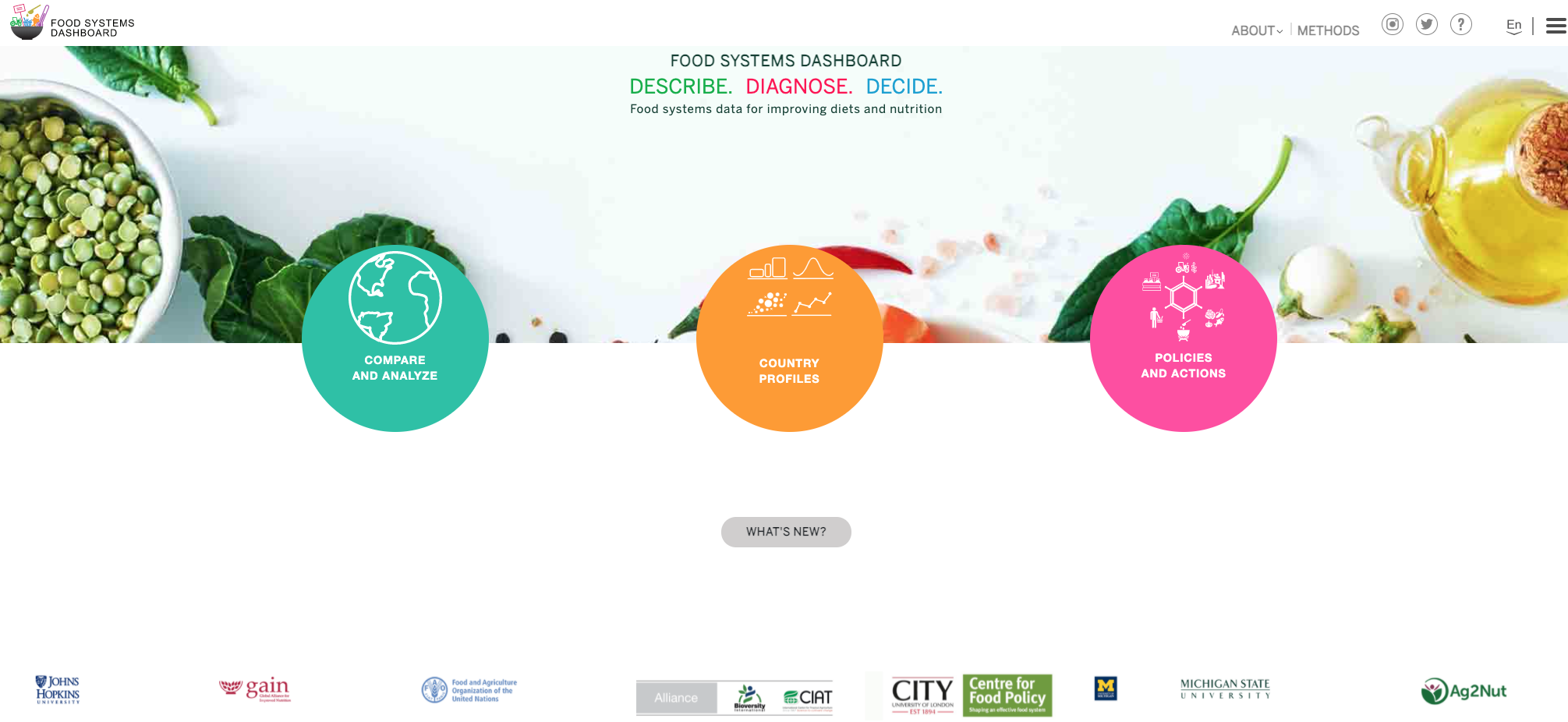Classic food politics books by well-known writers:
Book addict…
Food Politics by Marion Nestle
Soda Politics by Marion Nestle
Unsavory Truth by Marion Nestle
The Omnivore’s Dilemma - Michael Pollan
Niche food books:
Salt by Mark Kurlansky
Cod by Mark Kurlansky
Four Fish by Paul Greenberg
Hippie Food by John Kauffman
Untold History of Ramen by George Solt
The Story of Sushi by Trevor Corson
The Secret Life of Lobsters by Trevor Corson
Sweetness and Power by Sidney Mintz
America’s food system books:
Salt Sugar Fat by Michael Moss
Fast Food Nation by Eric Schlosser
Drive-Thru Dreams: A Journey Through the Heart of America’s Fast-Food Kingdom by Adam Chandler
Perilous Bounty: The Looming Collapse of American Farming and How Can Prevent It by Tom Philpott
The Secret Life of Groceries by Benjamin Lorr
Diets, health, and ethics-related books:
The Way We Eat Now by Bee Wilson
Weighing in by Julie Guthman
How to Eat by David Katz and Mark Bittman
Eat, Drink and Be Healthy by Walter Willett
In Defense of Food by Michael Pollan
Vitamania by Catherine Price
Gulp by Mary Roach
Food justice books:
You and I Eat The Same by Chris Ying
We Fed an Island: The True Story of Rebuilding Puerto Rico, One Meal at a Time by Jose Andres
Black Food Matters by Hanna Garth
Food Justice Now! By Joshua Sbicca
The Ethics of What We Eat by Peter Singer
Food and climate change books:
Food 5.0: How We Feed the Future by Robert Saik
Future Foods by David McClements
Politics of Food by Dani Burrows and Aaron
Full Planet, Empty Plates by Lester Brown
The Fate of Food by Amanda Little
Slow Catastrophes by Rebecca Jones
International food politics books:
The End of Food by Paul Roberts
Mass Starvation: The History and Future of Famine by Alex De Waal
Will Africa Feed China by Deborah Brautigam
Food Politics by Robert Paarlberg
The Wizard and the Prophet by Charles Mann
The Last Hunger Season by Roger Thurow
Eating NAFTA by Alyshia Galvez
Just Food by James McWilliams
Classic food politics books by well-known writers:
Book addict…
Food Politics by Marion Nestle
Soda Politics by Marion Nestle
Unsavory Truth by Marion Nestle
The Omnivore’s Dilemma - Michael Pollan
Niche food books:
Salt by Mark Kurlansky
Cod by Mark Kurlansky
Four Fish by Paul Greenberg
Hippie Food by John Kauffman
Untold History of Ramen by George Solt
The Story of Sushi by Trevor Corson
The Secret Life of Lobsters by Trevor Corson
Sweetness and Power by Sidney Mintz
America’s food system books:
Salt Sugar Fat by Michael Moss
Fast Food Nation by Eric Schlosser
Drive-Thru Dreams: A Journey Through the Heart of America’s Fast-Food Kingdom by Adam Chandler
Perilous Bounty: The Looming Collapse of American Farming and How Can Prevent It by Tom Philpott
The Secret Life of Groceries by Benjamin Lorr
Diets, health, and ethics-related books:
The Way We Eat Now by Bee Wilson
Weighing in by Julie Guthman
How to Eat by David Katz and Mark Bittman
Eat, Drink and Be Healthy by Walter Willett
In Defense of Food by Michael Pollan
Vitamania by Catherine Price
Gulp by Mary Roach
Food justice books:
You and I Eat The Same by Chris Ying
We Fed an Island: The True Story of Rebuilding Puerto Rico, One Meal at a Time by Jose Andres
Black Food Matters by Hanna Garth
Food Justice Now! By Joshua Sbicca
The Ethics of What We Eat by Peter Singer
Food and climate change books:
Food 5.0: How We Feed the Future by Robert Saik
Future Foods by David McClements
Politics of Food by Dani Burrows and Aaron
Full Planet, Empty Plates by Lester Brown
The Fate of Food by Amanda Little
Slow Catastrophes by Rebecca Jones
International food politics books:
The End of Food by Paul Roberts
Mass Starvation: The History and Future of Famine by Alex De Waal
Will Africa Feed China by Deborah Brautigam
Food Politics by Robert Paarlberg
The Wizard and the Prophet by Charles Mann
The Last Hunger Season by Roger Thurow
Eating NAFTA by Alyshia Galvez
Just Food by James McWilliams












